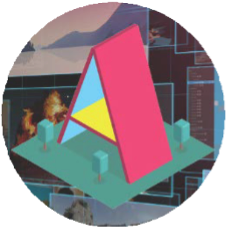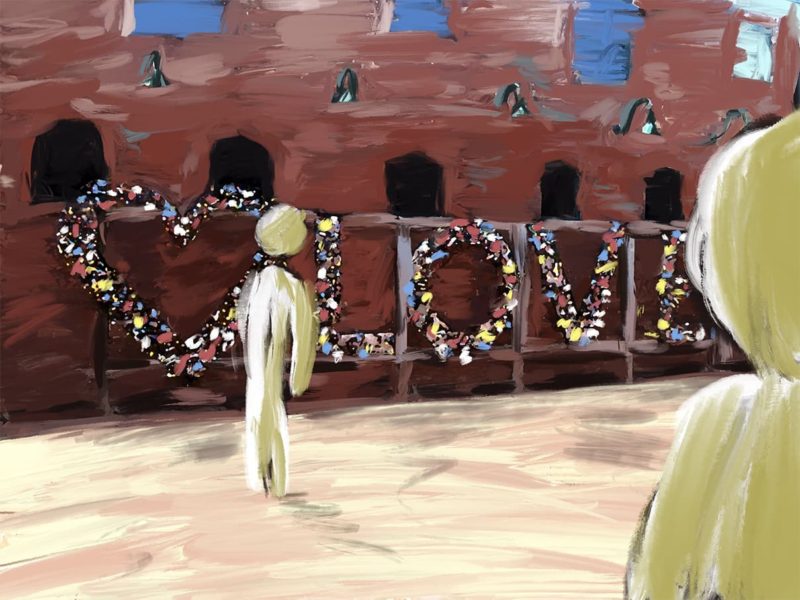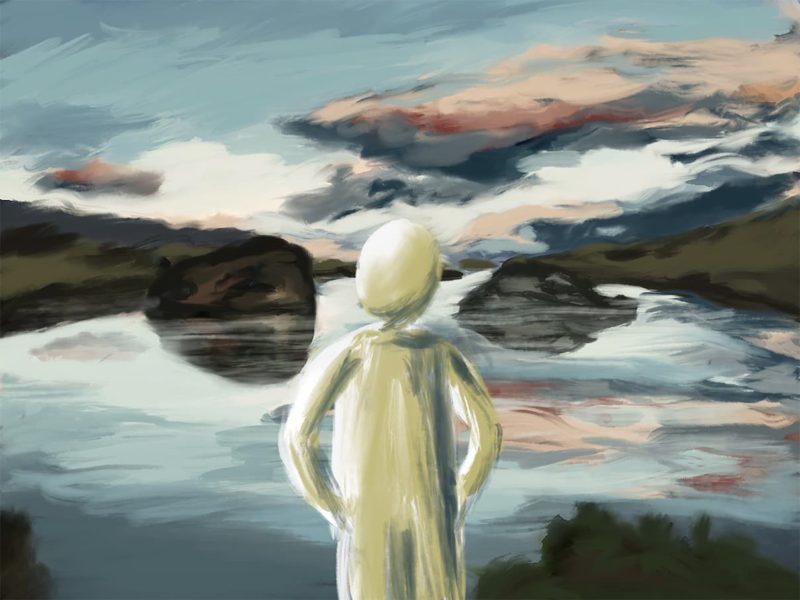Statement for need
It is unclear whether things will get back to normal in a post-COVID-19 world. One thing for sure is that our reliance on technologies that allow us to perform our tasks and communications remotely and safely is only going to grow. Tools and application like Zoom and Skype have offered the same service for several years only improving on quality and reliability. Now that we have been heavily using these tools, a number of issues are being discovered by users around the world. Referred to as “zoom fatigue”, people from all over the world are starting to sense a rising level of exhaustion due to one conversation after the other, one hour after hour, over video calling and conferencing. This binary interaction we have with a screen while we have conversations over video calling, fulfilled a crucial need during the COVID-19 lockdown, but it also brings to the surface a need for a comprehensive tool that allows the user to be oriented in a virtual space, where they can move around, from and towards their friends. In this world, users can virtually move from one place to another, visiting friends or simply explore this new world.
The product
Tet is a foundational exploration in virtual embodiment, differing from prior work by being focused on accessibility. With the understanding that VR hardware is expensive, unfit for some bodies, requires processing power that many lack access to, and might be considered unhygienic in a post-COVID world, Tet adapts social VR to a framework that can be accessed by anyone regardless of the user’s resources. It is intended to be a source of relief to those suffering from stress brought on by social distancing, and an alternative to exploitative communication tools under surveillance capitalism. Tet generates no metadata and has no interest in monetization. It is open source and can (and should!) be used freely to develop new experiences.
It addresses the disconnect from physicality that makes video conferencing so disorienting. Participants meet in synchronous virtual reality, in a shared space, in which they can chat, explore, and co-inhabit. Or they can move off to be on their own. With its browser-based functionality, users can meet one another on any platform and simulate the experience of co-inhabiting with their bodies in a safe social space, free from the distractions of multiplayer game worlds and the hostility of video conferencing.
Concept Art
The technology
Tet uses A-Frame, a Web VR platform (originally developed by Mozilla and now, it is an independent open source project maintained by Supermedium) that allows to create VR experiences that can live on the web and accessed in real-time from anywhere in the world. It allows virtual reality solutions to be fully accessible with or without a headset from any device, all you need is an internet connection. This can redefine the way we utilize VR experiences and allow us to explore new ways to observe and develop.

A-Frame Logo

Photogrammetric Rendition of Real Spaces
Benefits of this technology
Benefits of WebVR
A-Frame is an HTML-based, web framework for building online virtual reality (VR) experiences. This makes it an easy tool that can be utilized to create captivating VR experiences developed and delivered on the web. Due to its HTML format, A-Frame can be easily designed and customized with little complexity and technical proficiency, and so can be a great entry point for beginners and users with no background in web development.
Synchronous communications
Due to its web-based format, A-Frame experiences can be accessed in real-time by anyone with the link. This allows multiple users to be connected at the same time with synchronous communications.
Accessibility across devices
Using A-Frame allows us to create VR experiences that can live on the web and accessed in real-time from anywhere in the world. It allows virtual reality solutions to be fully accessible with or without a headset from any device, all you need is an internet connection. This can redefine the way we utilize VR experiences and allow us to explore new ways to observe and develop.
Headset compatibility
A-Frame is compatible with most VR headsets, including a DIY cardboard headset. A-Frame is also usable without a headset, simply by navigating through the virtual world using the web-page.







